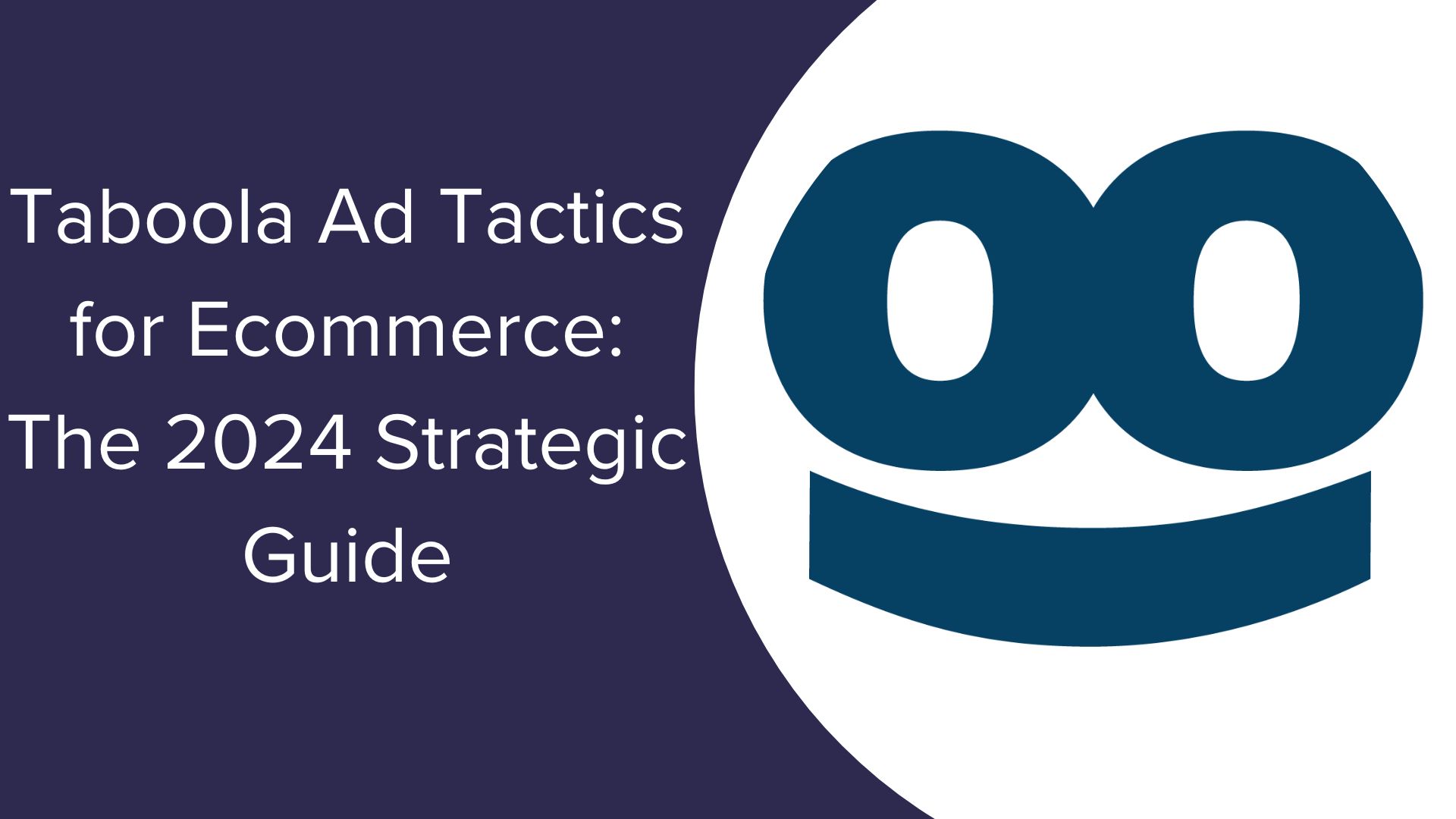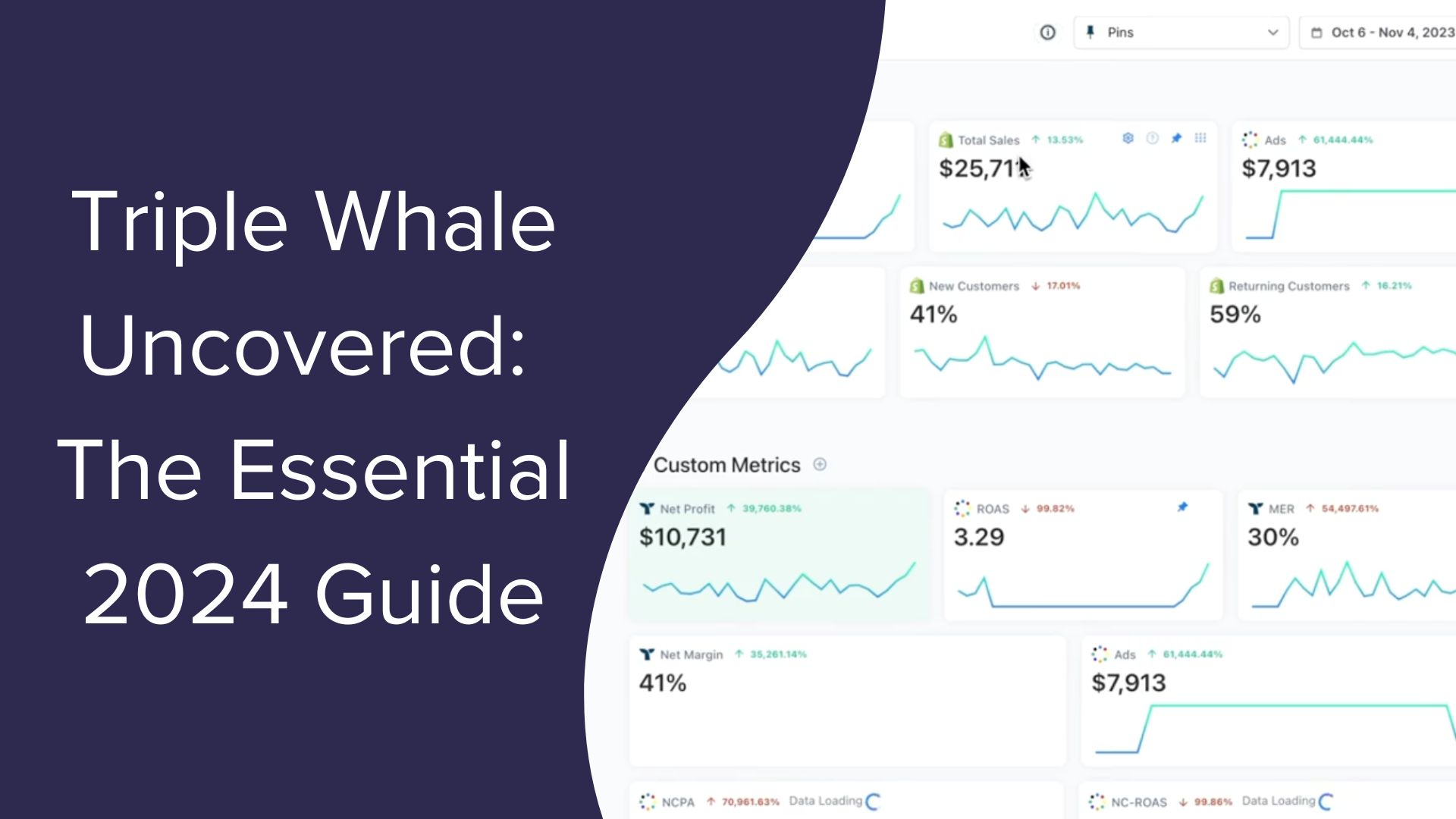Warning: Undefined array key 0 in /home4/ipiukmte/public_html/wp-content/themes/adquadrant/template-parts/content-post.php on line 21
Warning: Attempt to read property "slug" on null in /home4/ipiukmte/public_html/wp-content/themes/adquadrant/template-parts/content-post.php on line 22
Personalization: What Is it, Why Does it Matter and How Can Your E-Commerce Brand Get it Right?

Frustration = Trying to Get E-Commerce Customers’ Attention in a Noisy World
There is so much noise online today, and it seems to come from all directions simultaneously.
Everyone’s trying to get your e-commerce brand customers’ attention. It gets so overwhelming that it can cause your customers to block everything out.
Some people give themselves temporary time-outs from social media, email, texting, news, or other media because they can’t take the onslaught anymore. That makes effective e-commerce marketing more complicated and personalization even more necessary.
“The amount of data we produce every day is truly mind-boggling. There are 2.5 quintillion bytes of data created each day at our current pace, but that pace is only accelerating with the growth of the Internet of Things (IoT). Over the last two years alone 90 percent of the data in the world was generated.” Barnard Marr, “How Much Data Do We Create Each Day? The Mind-Blowing Stats Everyone Should Read“
How can your e-commerce brand be noticed when noise bombards your target audience from every direction?
Trying to figure that out can be overwhelming, whether you’re a new e-commerce company struggling to get seen and heard or you’re an e-commerce company whose brand has gained attention but needs to scale up to the next level as a brand.
You know your e-commerce brand’s worth, and who will recognize it as a perfect fit if only you can get their attention.
After all, every expert tells you that’s what you must do, right? But how do you do it?
The key to that is personalization.
What Does E-Commerce Brand Personalization Mean?
Another way of saying personalization is to use a tailored approach. Both mean creating personalized interactions and experiences for your online customers.
Like most people who read those two sentences, you’re probably telling yourself the polite or not-so-polite version of, “Well, that sounds great, but how on earth do I do that?“
The more you know about your customers and target audience, the better you’ll be able to use personalization to tailor interactions and experiences with them. The deeper you dig into the data that tells you who they are and what they want, the more you’ll know about them.
Surface data like location, age range, and economic level are insufficient. Those only let you make sweeping assumptions that can turn customers off.
The data you accumulate and extrapolate for each of your customers is critical to creating more in-depth personalization that will be meaningful for them. It will encourage them to hopefully become more than just your customer – to become an evangelist for your e-commerce brand. That’s the ultimate goal because social proof is the best free marketing any e-commerce brand could ever get.
What Does Personalization Look Like In Real Life?
Personalization must be part of every step of your buyer’s journey, from a prospective customer’s first contact with your e-commerce brand to their first purchase – and every step beyond as your new customer becomes a loyal customer.
McKinsey & Co. took an in-depth look at personalization during the buyer’s journey in a late 2017 article, “What Shoppers Really Want From Personalized Marketing.” Below are items shoppers identified as vital to them.
1. “Give me relevant recommendations I wouldn’t have thought of myself.”
The keyword here is relevant. The more relevant the recommendation to that individual shopper, the more it feels personalized and the more receptive the shopper will be to both the brand and its products.
2. “Talk to me when I’m in shopping mode.”
Timing is everything. Don’t just throw stuff at your target audience and loyal customers. Ensure you’re timing it when they’re most receptive to seeing it. The more you pay attention to your target audience’s patterns, the more likely you’ll be to present the right offer at the right time.
3. “Remind me of things I want to know but might not be keeping track of.”
When you’ve segmented your target audience and customers down to a more detailed level, you’ll know more about when specific trigger dates and events are coming up for them. Then you can remind them in a way they’ll appreciate instead of being intrusive.
4. “Know Me No Matter Where I Interact With You.”
This one is crucial. Your customers will feel a much deeper connection with you if you interact with them as individuals online and offline. Your customer already feels like they know your e-commerce brand and company, so they expect you to know them as individuals in return. Whether you believe that’s a realistic expectation or not, it’s the state of things today. The more you can succeed at this “knowing,” the more your customers will become loyal.
McKinsey provides an equation to help you balance personalization vs. coming across as a bit creepy.

How Does Data from 2017 Apply in 2022?
What McKinsey found in 2017 holds even more true in 2022 and will become far more critical as we experience further evolutions in digital privacy, not to mention the possibility of even a mild economic downturn. It will give e-commerce companies that personalize a significant edge over those that don’t.
Your e-commerce brand strategy for the coming year needs every cost-effective successful tactic possible. Personalization can create the kind of brand loyalty that will help carry your customers and your company through future economic dips so it can take off running even faster as the economy picks up.
That ability is crucial for your e-commerce brand to scale as quickly and effectively as possible.
What Kind of Tactics Can Your E-Commerce Brand Use to Accomplish This?
The tactics your e-commerce brand uses to ensure its target audience and customers achieve a personalized experience will vary significantly based on several factors. The best way to show you what’s possible is to look at examples of great personalized experiences and potential tactics.
Including both aspects in this article would result in a book, so we’ll look at scalable tactics because they work for almost any e-commerce brand. To find examples or dig deeper, look at Shopify’s 2021 article, “21 Ecommerce Personalization Examples & 7 Scalable Tactics.” Some of those examples might resonate with your unique e-commerce brand.
1. “Leverage intelligent product-detail page recommendations.”
Amazon does a reasonably good job of this most of the time. The key here is “intelligent” – we’ve all seen one-size-fits-all recommendations that make us think no one at that company knows who we are. Your goal is to use personalized recommendations based on individual or similar individuals’ shopping profiles.
2. “Show continuous shopping for returning customers.”
Streaming companies do a good job of basing recommendations on prior viewing. Retail e-commerce brands can use this tactic with just a few tweaks.
3. “Create personalized best-selling lists to drive click-throughs.”
Any e-commerce company can use this tactic. Why? Because some people believe if a lot of people are buying it, it must be good. Just be sure you’re telling the truth about it. If you can tweak it to include bestselling items similar to ones the customer bought, then you’ve got the best of two worlds.
4. “Integrate user-generated content across your funnel.”
Social proof is always a winner at every step during the buyer’s journey. Don’t limit this tactic to just one or two parts of your funnel. It will help move prospects farther down the sales funnel at every stage. Every time your potential buyer sees social proof, their interest increases.
5. “Time social retargeting with smart recommendations.”
This one requires excellent timing. The key is to engage your prospect without becoming intrusive. It can be effective when done well, and it needs a kid gloves approach because of that whole invasive noise factor. You don’t want to turn customers off, so use this judiciously.
What Should Your E-Commerce Brand Do Next About Using Personalization?
Look at your data on your target audience and your customers. How in-depth is it? Where can you improve your data to segment your audience and customers for greater personalization?
How can you use the data you already have to help you pull together the beginning stages of a personalization plan that can work at each stage of your sales funnel? How can you use your existing data to cause current customers to feel you know them on a more personal level and can speak to their individual needs?
Look at where you are, what tools you have that work and don’t work, and what beginning progress you can make toward more personalization. Don’t be shy about getting help if needed because you’ll want to ensure you’re maximizing this opportunity.AdQuadrant works with e-commerce brands like yours to help them use personalization to scale up to the next level while ensuring their target audience and customers feel they are getting personalized service at each step. Talk to us about how we can help your e-commerce brand use personalization to meet your goals of becoming an even more successful e-commerce company.
About the author: Merikay Noah has over 20 years’ experience in digital marketing. She worked with e-commerce B2C and B2B websites of all kinds, from Fortune 100s to small start-ups, at two of the top three search engines and at a Los Angeles ad agency. Her successful e-commerce book publishing website, PopcornReads.com, attracted an international audience of bookaholics for over eight years. She now lives in the Blue Ridge Mountains, where she works as a copywriter and loves to hike with her small but fierce doggy protector – Miss Lucy.




